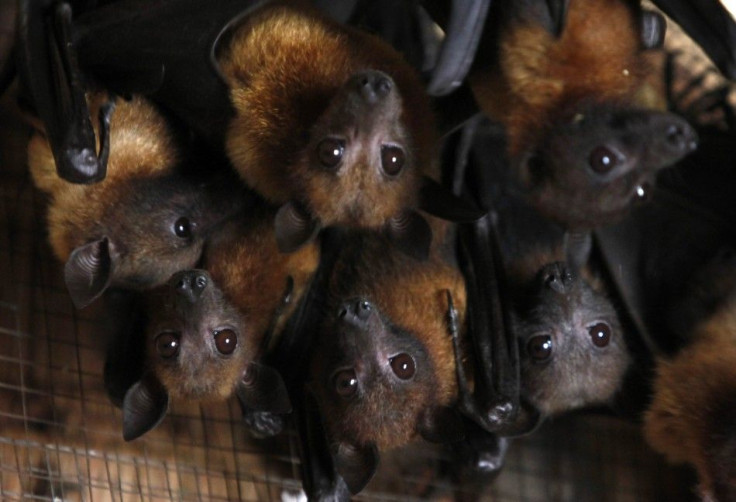Superfast Muscles Responsible for Bat’s Exclusive Hunting Style

Superfast muscles, which were earlier found in rattle snakes, song bird and some fish, have now been found in bats too. The new discovery makes bats the first mammal possessing these muscles.
The finding, published in the recent issue of Science journal, said that bat's exclusive hunting behavior - echolocation - is possible because of the superfast muscles located in the mammal's throat.
The muscles enable it to send out more than 160 calls a second as it closes in on a prey.
Superfast muscles were previously known only from the sound-producing organs of rattlesnakes, birds and several fish, said Coen Elemans, author of the study.
Now we have discovered them in mammals for the first time, suggesting that these muscles - once thought extraordinary - are more common than previously believed.
Echolocation has evolved only in those species of mammals and birds that operate in the dark, or under conditions of uncertain lighting, and so better echolocation was probably an easier option than better eyesight, said John Ratcliffe, co-author of the study.
On the other hand, improved flight performance may have co-evolved with improvements in the bat's ability to update spatial information through echolocation. That is, complimentary changes in echolocation and powered flight worked together to improve both target tracking and acquisition.
Superfast muscles are capable of contraction about 100 times faster than typical body muscles and as much as 20 times faster than the fastest human muscles. While a typical human limb muscle has a maximum contraction frequency of only 3-5 Hz, a rattle snake superfast muscles can contract at rates of 90 Hz, and toad ?sh swim bladder muscles produce a mating call by oscillating at 200 Hz.
© Copyright IBTimes 2024. All rights reserved.





















